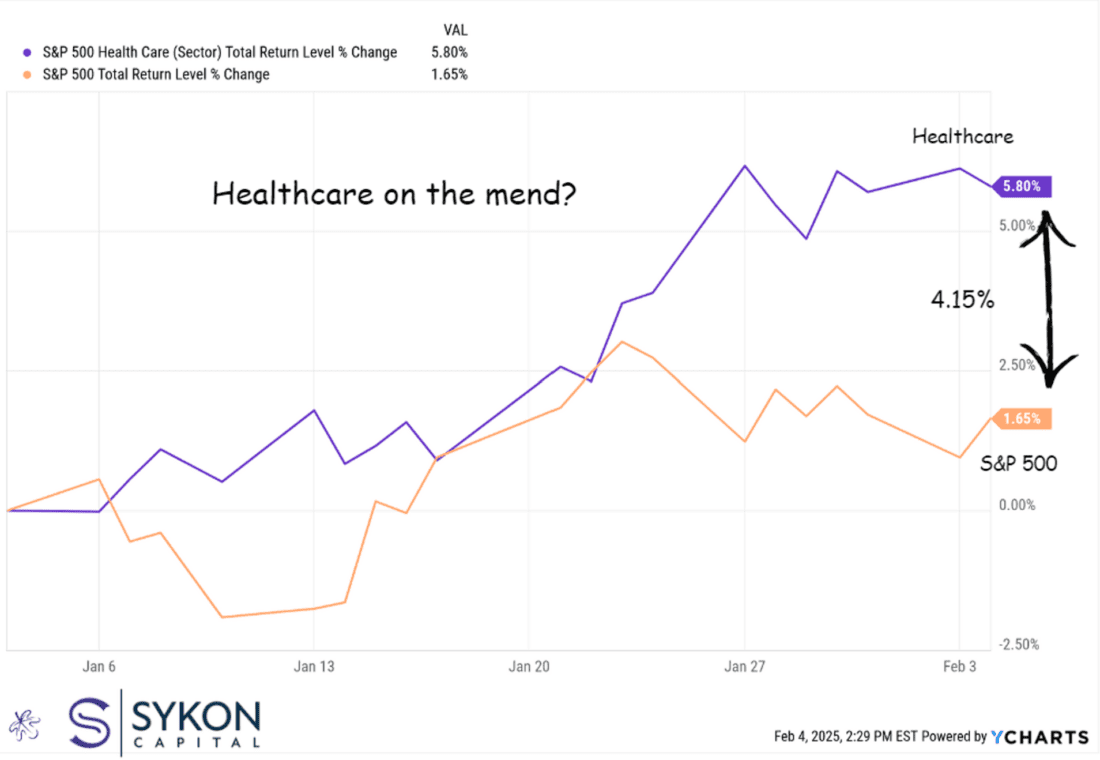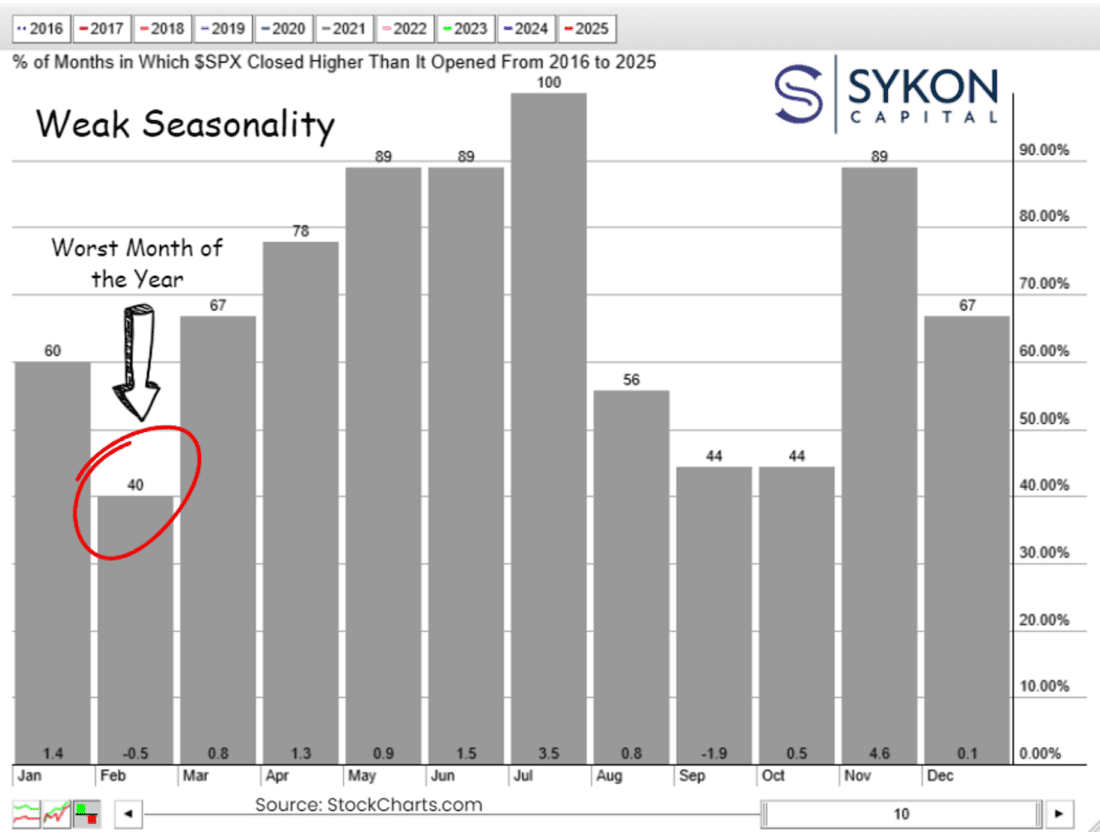By Todd Stankiewicz CMT, CFP, ChFC
1/ Healthcare Emerging?
2/ Is Healthcare on the Mend? A Closer Look at Relative Performance
3/ Worst Month of the Year
Investopedia is partnering with CMT Association on this newsletter. The contents of this newsletter are for informational and educational purposes only, however, and do not constitute investing advice. The guest authors, which may sell research to investors, and may trade or hold positions in securities mentioned herein do not represent the views of CMT Association or Investopedia. Please consult a financial advisor for investment recommendations and services.
1/
Healthcare Emerging?

Past performance is not indicative of future results
One of my favorite tools for market analysis is Relative Rotation Graphs (RRGs). This tool provides a quick visual representation of how different asset classes or sectors are performing relative to a central benchmark, in this case, the S&P 500 index.
RRGs map assets across four quadrants, typically moving clockwise over time:
Leading – Strong relative momentum and performance.
Weakening – Losing momentum, but still relatively strong.
Lagging – Underperforming with weak momentum.
Improving – Gaining momentum, but not yet leading.
Each asset’s tail on the graph shows its position over previous weeks, giving insight into its trajectory.
Over the past five weeks, healthcare, previously stuck in the lagging quadrant, has started shifting into the improving quadrant. This suggests that relative strength is building compared to the S&P 500.
While not a definitive buy signal, this early-stage rotation could indicate an opportunity. If healthcare continues its momentum and moves into the leading quadrant, it might warrant a closer look for investors.
2/
Is Healthcare on the Mend? A Closer Look at Relative Performance

Past performance is not indicative of future results
To put the previous point into a more traditional chart format, we can see that healthcare has been steadily gaining ground against the S&P 500 over the past month. On a total return basis, healthcare has outperformed by 4.15% relative to the broader index.
This serves as a key reminder that not all sectors move in lockstep, even in volatile markets, opportunities can emerge. Sector rotation and relative strength analysis can help identify areas of resilience when the broader market is uncertain.
3/
Worst Month of the Year

Past performance is not indicative of future results
Over the past 10 years, February has been the worst-performing month for the S&P 500. The index has posted gains in only 40% of those years, with an average return of -0.5%.
This historical trend suggests that a market pullback in February wouldn’t be unusual, and more importantly, it likely has little predictive value for the rest of the year. Similar to the January Barometer myth, short-term seasonal trends don’t necessarily dictate long-term performance.
The good news? We’re about to enter the strongest five-month stretch for the S&P 500 based on the past decade’s data. Stay vigilant in the short term, but remain flexible because historically, the odds have favored investors in the months ahead.
Disclaimer: Advisory Services offered through Sykon Capital, LLC, a registered investment advisor with the U.S. Securities and Exchange Commission. This material is intended for informational purposes only. It should not be construed as legal or tax advice and is not intended to replace the advice of a qualified attorney or tax advisor. The information contained in this presentation has been compiled from third party sources and is believed to be reliable as of the date of this report. Past performance is not indicative of future returns and diversification neither assures a profit nor guarantees against loss in a declining market. Investments involve risk and are not guaranteed.
—
Originally posted 5th February 2025
Disclosure: ETFs
Any discussion or mention of an ETF is not to be construed as recommendation, promotion or solicitation. All investors should review and consider associated investment risks, charges and expenses of the investment company or fund prior to investing. Before acting on this material, you should consider whether it is suitable for your particular circumstances and, as necessary, seek professional advice.
Disclosure: Futures Trading
Futures are not suitable for all investors. The amount you may lose may be greater than your initial investment. Before trading futures, please read the CFTC Risk Disclosure. A copy and additional information are available at the Warnings and Disclosures section of your local Interactive Brokers website.










Join The Conversation
If you have a general question, it may already be covered in our FAQs page. go to: IBKR Ireland FAQs or IBKR U.K. FAQs. If you have an account-specific question or concern, please reach out to Client Services: IBKR Ireland or IBKR U.K..
Visit IBKR U.K. Open an IBKR U.K. Account